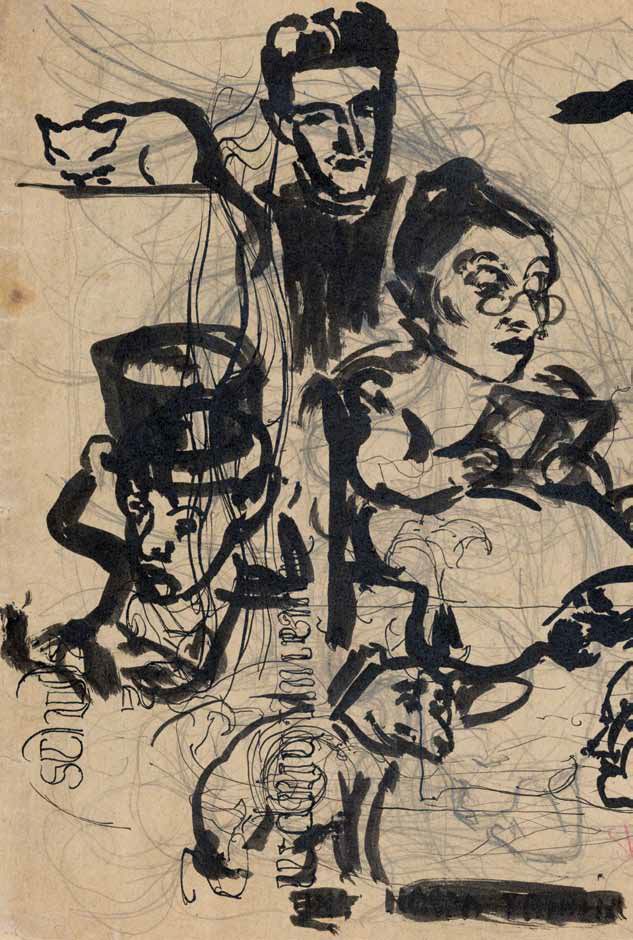Dorożka w lesie – Schulz i pisanie
The Carriage in the Forest: Schulz and Writing
Author(s): Stanley BillSubject(s): Polish Literature, Ukrainian Literature, Interwar Period (1920 - 1939), Philology, Theory of Literature
Published by: Fundacja Terytoria Książki
Keywords: Bruno Schulz; schulz studies; literary theory; interwar period; polish literature;
Summary/Abstract: This paper treats Bruno Schulz’s "Cinnamon Shops" as a depiction of two entirely different models of writing: the first disturbingly real for Schulz, and the second more idealized, or even nostalgic. The first model presents writing as a process of constantly deferred meaning, as a wandering through a labyrinth of shifting city streets or human signs, whose “configuration,” as the story’s narrator observes, “fails to match the expected image.” The second, more idealized model was described by Schulz himselfin his famous 1935 essay for Stanisław Ignacy Witkiewicz as the proper goal or aspirationof art: “Its role is to be a probe sunk into the nameless. The artist is an apparatusregistering processes in the depths, where value is formed.”The paper presents the culminating scene of "Cinnamon Shops" as a fantasized versionof this theory in praxis: the artist sinks his probe, or rides his metaphysical horse and carriage, into the nameless realm, from the labyrinth of language into a forest of meaninglessness which at the same time forms the hidden source of all meaning. The boy protagonist of the story must leave the city, surrender to unconscious will, and journey deep into a winter forest at night. There he finds not darkness, cold, and death, but sparkling lights, a secret spring and the signs of new life in the dead of winter. However, this journey – much like Schulz’s theory of art and writing more generally – remains in sharp contrast both with the defective version of reality presented in much of his other fiction and with the alternative model of writing as a hopeless search for an ultimate reality that can never be found. This paper examines the conflict between these two visions.
Journal: Schulz/Forum
- Issue Year: 2/2013
- Issue No: 2
- Page Range: 25-34
- Page Count: 10
- Language: Polish

